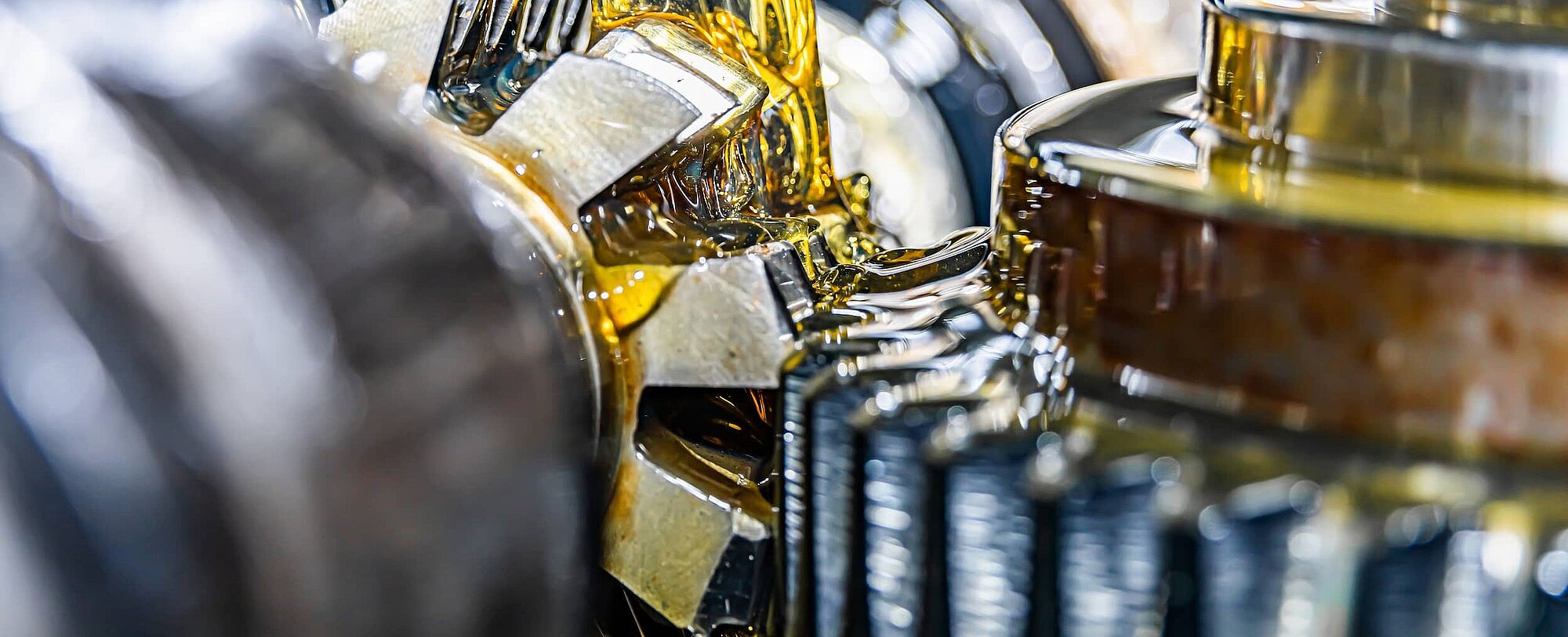Engines, hydraulic systems and drivelines are developing further all the time. Energy densities and operating temperatures increase and efficiency goes up as well, even when the technological and physical limits appear to have been reached. The machine's lubricant almost always plays a key role here, no matter which sector or application. The products in BASF's Irgaflo® series improve lubricants where it counts. Additives with the letter “V” in their names help optimise the viscosity-temperature relationship of lubricants even under great process heat, while products with the letter “P” lower the pour point, making trouble-free operation possible even at very low temperatures. “With these products, lubricant manufacturers can improve the product properties significantly,” says Gabriele Möller, Head of Business Management Europe for Fuel & Lubricant Solutions at BTC Europe.
Irgaflo® P - Outstanding properties even at low temperatures
“It takes just a small dose to make lubricants flow better, even at low temperatures, without compromising on performance in the overall formula,” says Möller about the product group Irgaflo® P. The four versions 610 P, 649 P, 710 P, and 720 P are the right choice for different formulations. For example, while 610 P is suited to formulations with highly hydrotreated base oils, 710 P is best for application where higher viscosity base oils are used.
Irgaflo® V - High temperatures are no problem
Viscosity modifiers help lubricants to reach their maximum performance across a broader temperature range. The three products in the Irgaflo® subgroup “V” differ in terms of whether the user focus is more on high shear stability or improving viscosity. If the latter is the most important, Irgaflo® 6100 V is best suited to the job. In contrast, Irgaflo® 1100 V allows especially high shear stability, particularly for application in industrial plants. Sometimes a compromise between improved viscosity and shear stability needs to be found – then Irgaflo® 6300 V is the product of choice.


